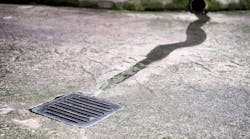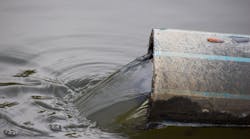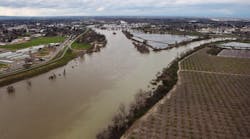SAN FRANCISCO, CA, June 19, 2014 -- The state of Minnesota has recently developed a first-of-its kind program that encourages communities to invest in the use of more trees rather than pipes to better manage stormwater -- potentially helping save thousands of dollars across the board.
The Minnesota Pollution Control Agency created the credit system as part of a new chapter on trees in their stormwater manual, which also provides recommendations on how to ensure that trees thrive and provide the maximum ecological benefits for planners, developers, landscape architects, and builders.
The federal Clean Water Act (CWA) imposes requirements on stormwater discharges from specific municipal, construction and industrial activities. Minnesota is helping communities use trees and other green infrastructure to help address these requirements while mitigating the high cost of installing only pipes.
The new credit system is part of Minnesota's Minimal Impact Design Standards (MIDS), which focuses on treating rain where it falls to minimize negative impacts from stormwater runoff and to preserve natural resources. The credit is based on a formula that establishes criteria and methods to measure the benefits of evapotranspiration, which is the combination of water evaporating from the soil and transpiration from the plants growing in the soil.
An additional focus of the Minnesota stormwater manual is the importance of planting trees properly with adequate soil volumes, even in urban areas. The manual recommends soil requirements of two cubic feet of soil for a square foot of canopy area -- the minimum for a healthy tree.
Tree size is crucial for maximizing stormwater benefits. For trees that are planted and maintained correctly and provided with adequate soil volume, the state is therefore giving credits based on the projected mature canopy size. If a tree is planted with less soil than it needs, the credit is reduced.
As states look to alternative solutions to manage stormwater effectively, Minnesota and its new credit system is an example of what can be done through simple formulas and technology that help incentivize sustainable, tree-filled communities.
See also:
"Trees help Texas communities conserve water, energy"
"New evapotranspiration maps provide crucial information for water managers"
###


